The story of Fede Galizia, wrote Flavio Caroli in the most important monograph dedicated to the Lombard painter of Trentino origins, possesses “a wholly singular importance, which it would be improper not to define as avant-garde throughout the continent.” In Carlo Torre’s Ritratto di Milano (Portrait of Milan ), the first guide to the city, published in 1674, Fede is described as an “admirable pittoressa,” and it is with this definition that the first monographic exhibition dedicated to her has been titled, the one being held at the Castello del Buonconsiglio in Trento, curated by Giovanni Agosti and Jacopo Stoppa with the collaboration of Luciana Giacomelli. Painter of the “avant-garde” and “admirable pittoressa”: these expressions encapsulate the purest essence of the art of Fede Galizia, who for much of the twentieth century was considered, at most, an astonishing author of still lif es (although much of that “avant-garde” to which Caroli refers is to be found precisely in this genre, which saw her among the pioneers in Europe). In fact, Fede’s (“a programmatic name for Counter-Reformation Europe,” Agosti writes in the essay that opens the catalog of the Trentino exhibition) was a complex and richly multifaceted figure. She was among the first women in Europe to embark on an independent career, she was a recognized painter, appreciated and in demand by her contemporaries, a forerunner of trends, a cultured and attentive artist, capable of trying her hand at even the most distant genres with remarkable results, sometimes with an almost schizophrenic attitude. The exhibition at the Castello del Buonconsiglio set itself the goal, first and foremost, of restoring to the public the multifaceted variety of Fede Galizia’s profile.
It is an objective that can be said to have been fully achieved, with a scientific project that has moved in various directions: archival research, screening of literary, historical and critical sources, precise representation of the contexts within which Fede moved, and of course the development of the most complete reconstruction of his artistic career that has ever been proposed before, also due to the fact that, at the same time as the figure of Fede Galizia, an operation was carried out to relocate his father, Nunzio Galizia, a multifaceted artist who has been little studied until now. So much so that the exhibition, Giovanni Agosti points out in the catalog, should be considered as dedicated to father and daughter (“talking about the painter, moreover in Trento,” the curator writes, “meant bringing into focus, a little more, her father Nunzio, who was unquestionably from Trento and who was one of the creators of the Milan of luxury between the sixteenth and seventeenth centuries”). Extending the discourse to Nunzio, moreover, means further tightening the relations with the territory hosting the exhibition, since Fede Galizia’s career is mostly linked to Milan, the city where the artist was likely born (Nunzio is documented in Milan since 1573, and although Fede’s date of birth is unknown, it is plausible to place it around the mid-1970s). There is, however, at least one occasion when the artist declares his Trentino origins; we know that Nunzio had ties to Trento as much as his family was of Cremonese origin; we know that some of his relatives are attested in Trentino. It is no coincidence that the first modern biography of the two artists, the one compiled in 1898 by Gino Fogolari, identifies them as “Trentino artists.”
For Fede (and for Nunzio) it is therefore a first time, of the highest level but also of broad scope: the art of the Milanese painter is placed in dialogue, first and foremost, with the works of other female artists of the time, who have the task of opening the exhibition (with a section that borrows its title from Anna Banti: “When women also began to paint”), to give the visitor an account of the level that female creativity at the end of the 16th century was able to reach. And Faith was still among the first. And then, as mentioned, with the contexts: the curators must be credited, among their many merits, with having devised an itinerary capable of transporting the public into the cultural temperament of the time, between Lombardy and Trentino, and having done so with a not very high number of exhibits (the exhibition consists of about eighty works in all, divided into the nine sections that make up the visiting itinerary), but which are able to give life to a plot, woven between the cardinal points of Milan and Trent, that makes the climax of the process of re-evaluation of the figure of Fede Galizia by framing with care and abundance his cultural references, his relations with coeval art, and his position in the artistic events of the time.

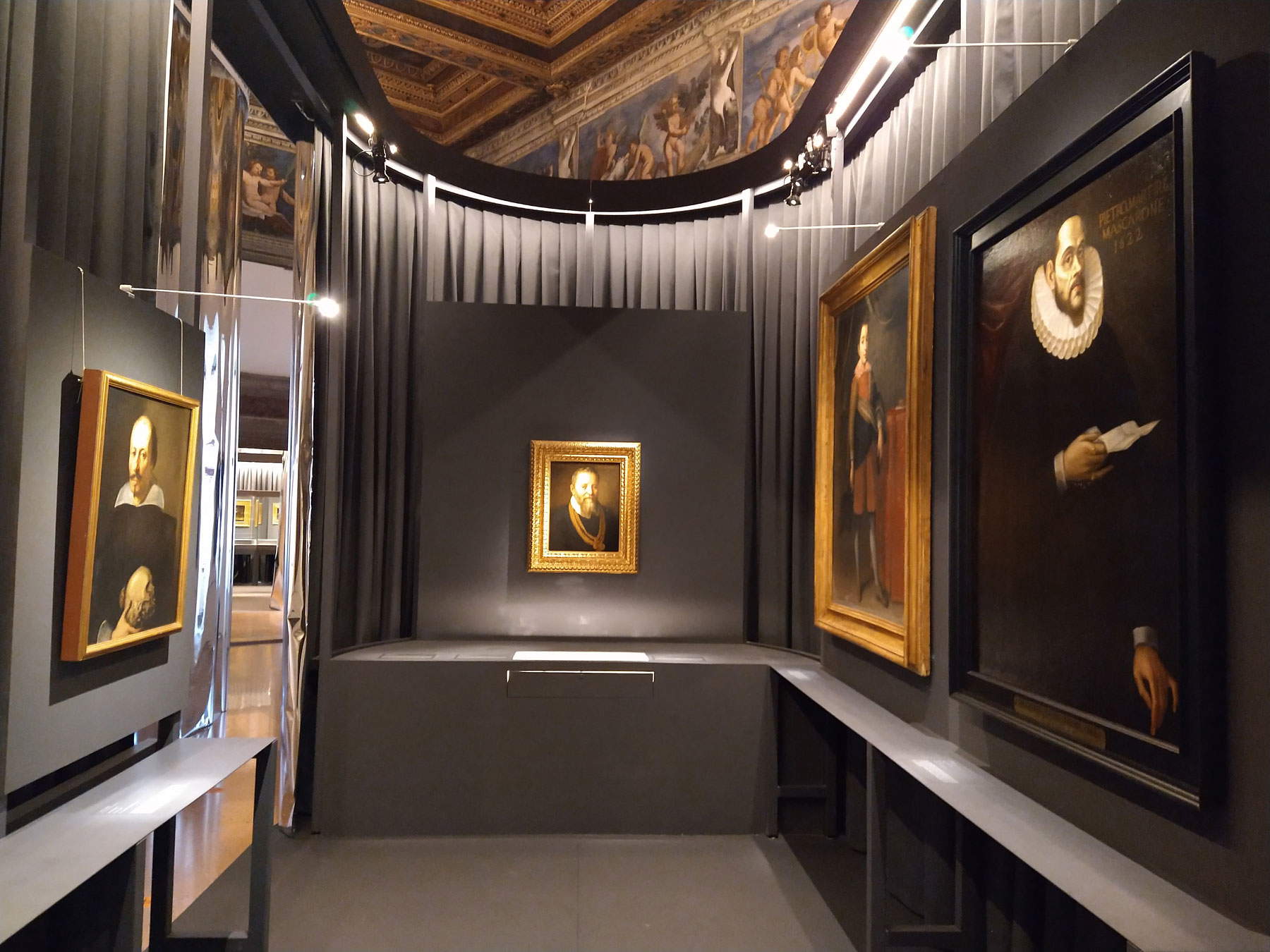

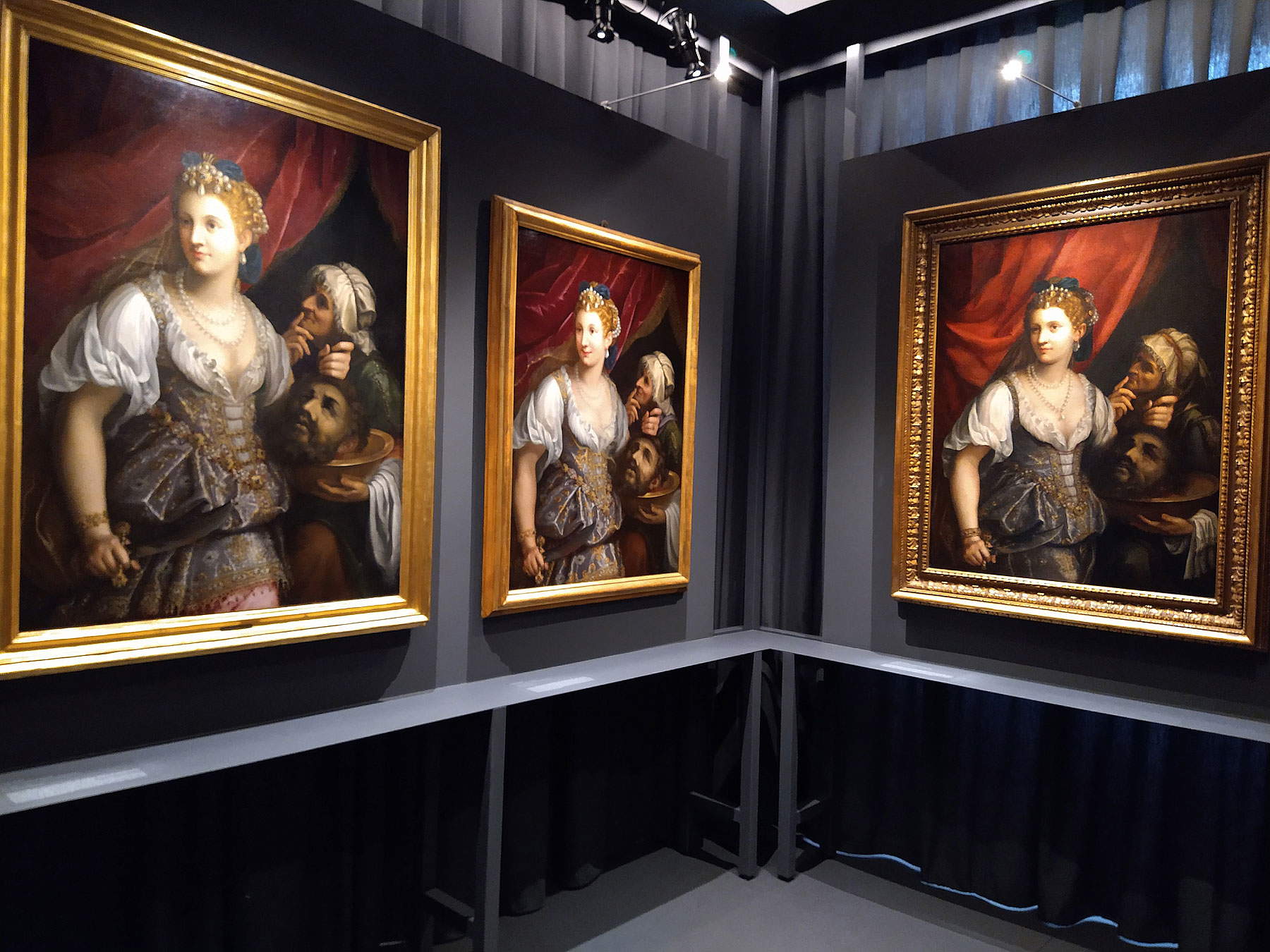
The itinerary opens, as mentioned, with the works of a number of women artists: thus parading through the Old Chapel hall are remarkable works by Plautilla Nelli, Lavinia Fontana, Barbara Longhi, and Sofonisba Anguissola, arranged within the first of the eccentric pavilions designed especially for the exhibition by the young set designer Alice De Bortoli. They are large circular or elongated oval-shaped spaces with mirrored silver curtains, which are very Pop Art and Hollywood (but also a bit of a circus tent), and have already turned the noses of many: the rationale for the arrangement, so jarring in an exhibition of works from the sixteenth-seventeenth century and in a venue like the Castello del Buonconsiglio, beats on the idea of wanting to arouse in today’s visitors that sense of wonder, amazement and in some cases even annoyance that the sight of a work of art generated by a female hand must have raised in the soul of the observer of four centuries ago, unaccustomed to female creativity. A kind of provocation, in short, which read from this point of view can only be said to be well accomplished and even commendable. The same leit-motif, then, continues in the following rooms, beginning with the second, which introduces the public to late 16th-century Trent, a center of considerable ferment also as the seat of the Council, between 1545 and 1563: the city thus found itself hosting, for almost two decades, legations from every part of Europe. Such a massive international presence was not, however, followed by an equally lively artistic environment: the prince-bishops Cristoforo, Ludovico and Carlo Gaudenzio Madruzzo did their best, Luciana Giacomelli explains, to renew the city from the urban point of view so that it would be ready for the appointment with the Council, but they failed to relieve it of that “delayed culture” that combined “elements taken from the Nordic environment with more typically Venetian, Veronese (Paolo Farinati or Felice Brusasorci) or Venetian ways.” Among the most interesting pieces evoking this environment is a painting, a sort of snapshot of the Council’s general congregation in the church of Santa Maria Maggiore, formerly attributed to Fede Galizia: an assignment already panned in 1992 by Giacomo Berra because of the low quality of the work, but interesting because it is further evidence (although it has not been possible to trace the origin of the reference to Fede Galizia for this painting) of the relationship between the painter and Trent, just like Giovanni Pietro Stefanoni’s burin depicting a Simonino da Trento that derives from a prototype of Fede.
From Trent, one arrives in Milan and begins to become familiar with the art of Nunzio, who in the Lombard capital engaged in various activities: he was a miniaturist, engraver, stage designer, and he also measured himself with the singular activity of microsculpture in musk paste, a bizarre form of art that had a certain development at a time when European courts loved the unusual and the surprising. They were small sculptures made from the secretions of a rare Asian artiodactyl, the fly, which was able to produce from its glands a thick, fragrant substance, musk, that was at the time reduced to a paste useful for making figurines to be later decorated with gold and precious gems. There are no examples of this type of production in the exhibition (a regret of the curators by their own admission), but the public can observe the only taxidermied fly specimen that exists in an Italian public collection, that of the Novara Museum of Natural History. Nunzio Galizia’s activity is evidenced by one of the most interesting works in his repertoire, a well-known Perspective View of Milan after the Plague, executed after the plague of San Carlo in 1578, which introduced several technical innovations for the time and is one of the most eloquent testimonies of his highly varied genius, and by his commitment to the theater, recalled by the figurines recreated by set designers Federisa Santoro and Michela Negretto from paper models, by a splendid drawing with Costume for a masquerade by Giuseppe Arcimboldo (who, Agostino Allegri speculates in the catalog, probably also took charge of promoting artists such as Fede Galizia, since a source of the time mentions how the Milanese painter had taken steps to get some of his young colleague’s works to Rudolph II of Habsburg), as well as by a drawing, also most likely for a party costume, executed by Fede around 1600 (it is his first work encountered in the exhibition). As mentioned, the reconstruction of the context is not lacking, with loans of works by Figino, Sadeler, Lomazzo, and Arcimboldo himself (in the latter case also to make explicit the relations between Milan and Vienna): the profile of a lively and stimulating city emerges, as well as, if not cosmopolitan, certainly close to international relations between men of culture. An entire section, the fourth in the exhibition, is devoted to Nunzio’s miniatures, a genre in which Fede’s father excelled and which, at the end of the 16th century, was heading toward its twilight. In Lombardy, however, it was a very lively tradition practiced by the most illustrious artists (Bartholomäus Spranger’s two capilettera attest to this, for example), and it was a tradition that not even Nunzio and Fede shirked. Indeed: a double portrait, that of the Pavia jurist Jacopo Menochio and his wife Margherita Candiani, executed by father and daughter in collaboration (probably to promote her work), is one of the best pieces in the exhibition, and its collecting history was studied for the occasion. Also deserving of mention are Nunzio’s prints (the exhibition is a valuable opportunity to see so many of them gathered in one room) and the two 18th-century portraits of Nunzio and Fede executed by Giovanni Bagatti for the illustrations of Antonio Francesco Albuzzi’s Memorie per servire alla Storia de’ Pittori, Scultori e Architetti Milanesi, of which, however, we do not know the original autographs from which they were taken.
The exhibition gets into full swing with the section on Judiths, a theme that the artist would often deal with in his production starting at least from 1596, the date to which the earliest of the Judiths known to us dates back (the one preserved at the Ringling Museum in Sarasota, Florida), and which would later be replicated with a few variations (decorations, jewelry and the like), leaving the basic scheme unchanged: Faith’s Judith is a comely, elegant woman, firmly holding her sword with her right hand and grasping Holofernes’ head with her left, without losing an ounce of her refined femininity. Beside her is the old servant Abra, defiladed, holding the plate on which the Assyrian general’s head rests (an iconographic license with respect to the biblical text that was very common in the art of the time: Judith in fact hid Holofernes’ head in a bag, the plate was, if anything, the one on which Salome had the Baptist’s head rested, but it is a contamination that counts countless instances). Judith’s attire, in all variations, is always the same: an open white blouse with a wide neckline, a bodice of gold brocade closed by red laces, a gold belt adorned with precious stones, the tiara, the double strand pearl necklace, the bracelet with pearls, rubies and emeralds, the drop pearl earrings. Beyond the obvious ideological readings that have been given on the painting, as is always the case when the subject is a Judith and the author is a woman, the curators agree (rightly) that it is, if anything, much more interesting the “sartorial component” of the painting, to be read in relation to the theatrical activities conducted by Nunzio and Fede. The Judiths then allow the reader to gain insight into Faith’s references: in late-16th-century Milan, the artist, writes Jacopo Stoppa, lives in a “somewhat fairy-tale world, but not in the dumbfounded sense of the term,” but rather to be understood as “distant from the turbaned and violent games of the Cerano-Morazzone-Procaccini triad,” and if anything closer to the other Procaccini, Camillo (from whom Fede takes, for example, the idea of the strong contrast between the beauty of Judith and the grotesque appearance of the servant), motivated by the fact that the Bolognese had just arrived in Milan when Fede was probably beginning his own activity (and curiously in the year in which the artist is first attested, 1587).

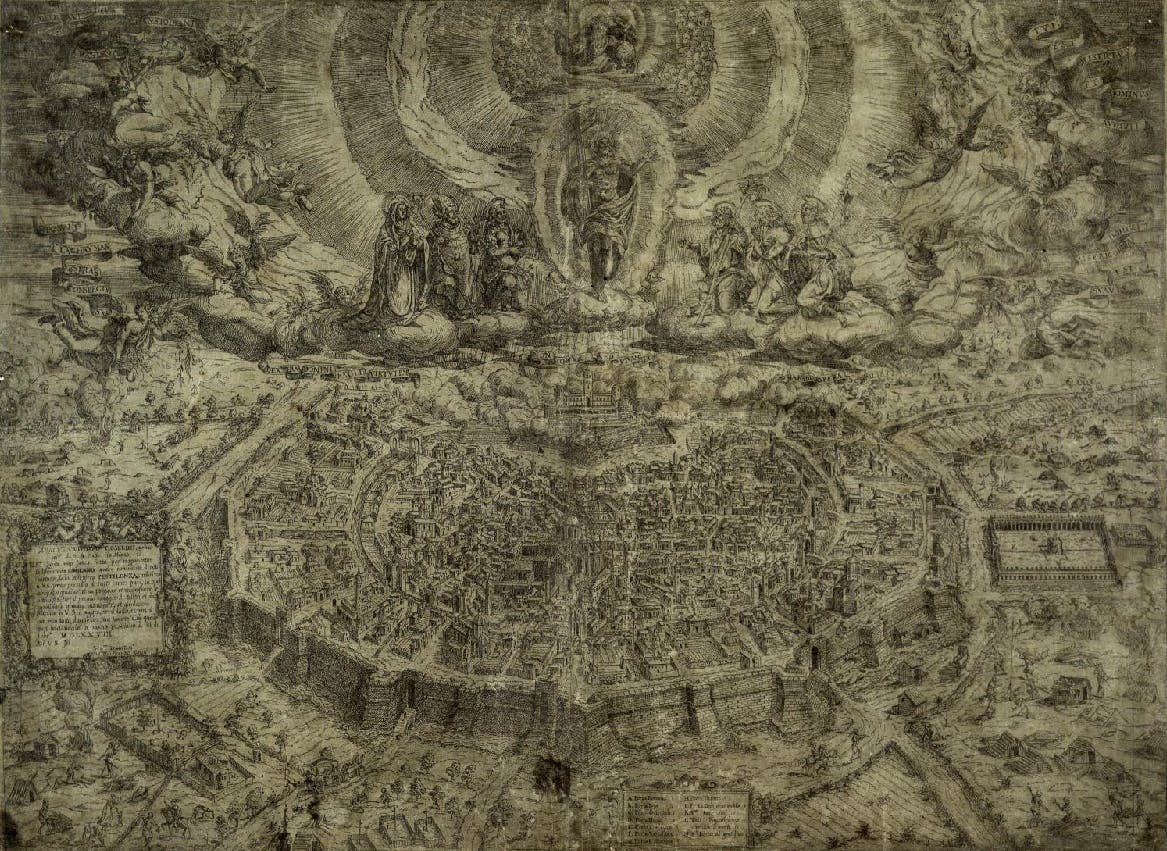
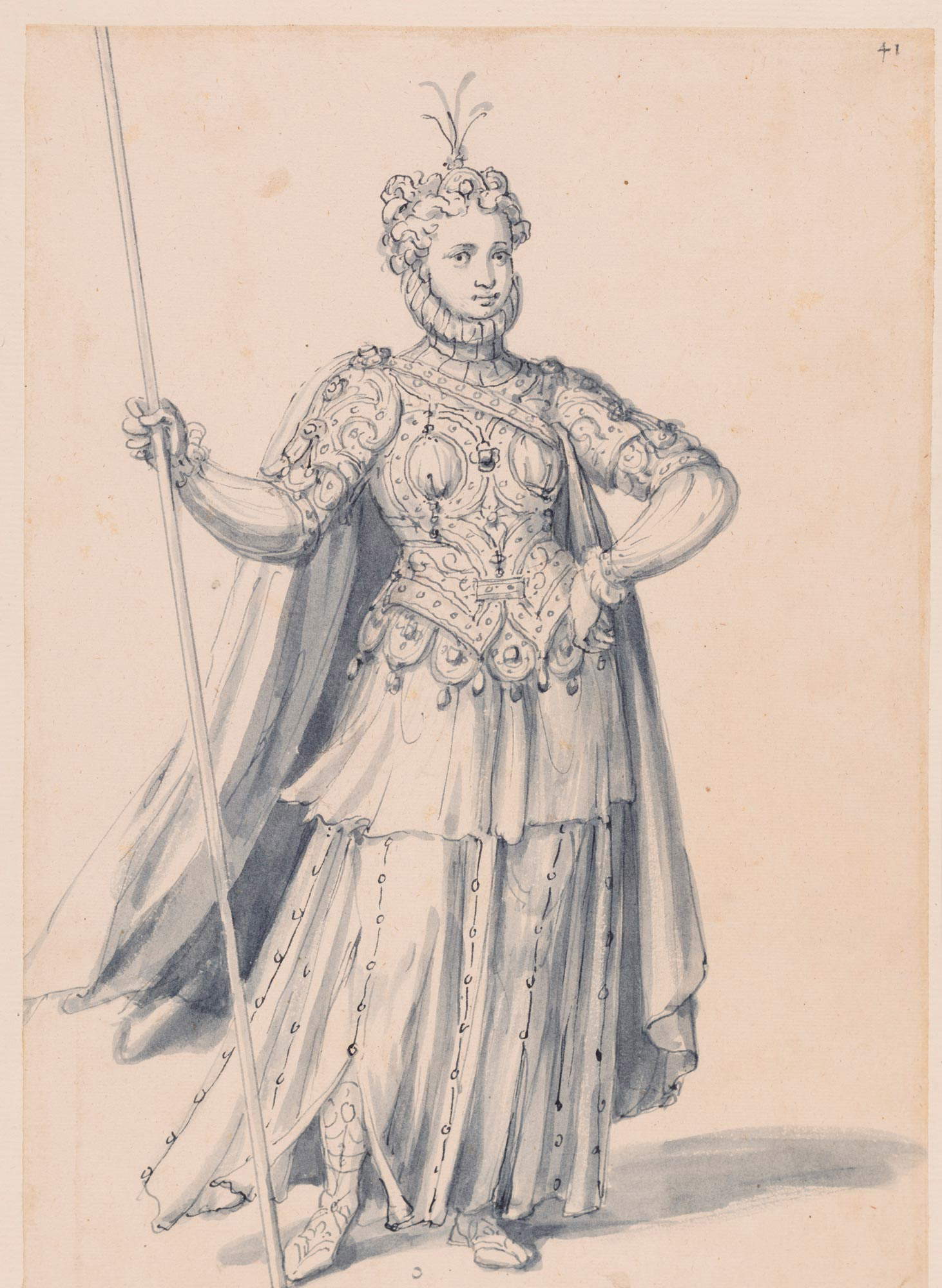

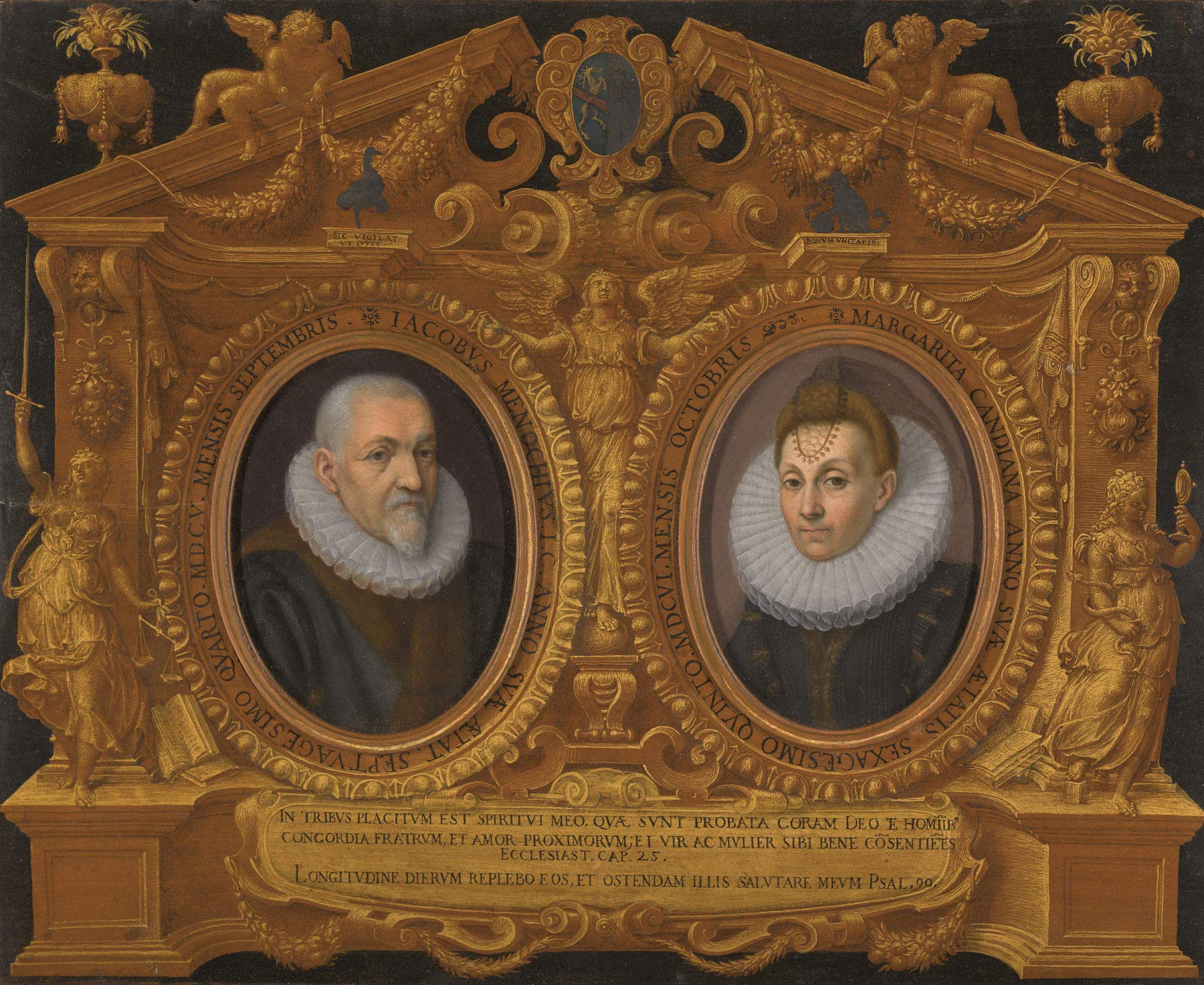
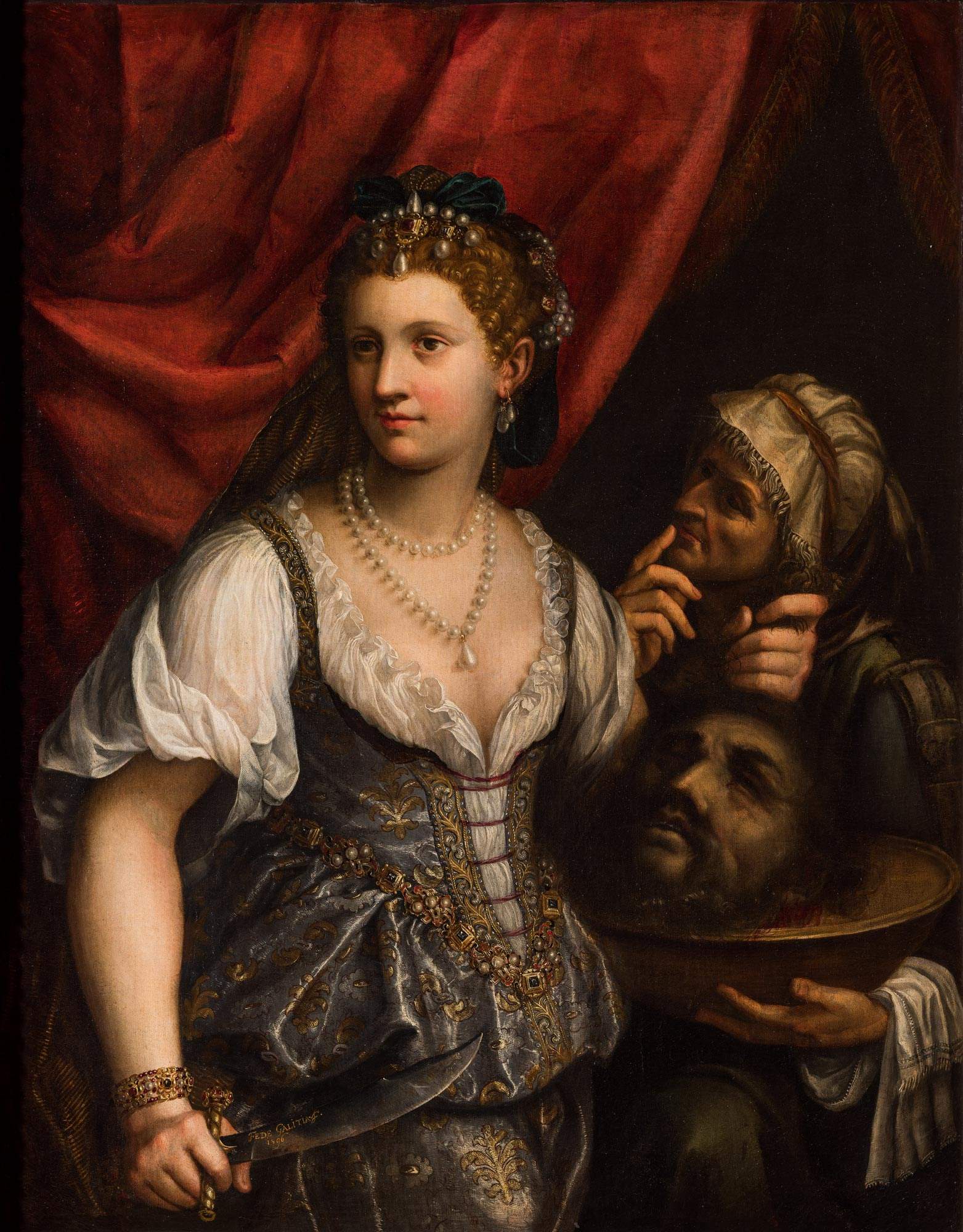

It is clear from the sixth section of the exhibition how much Faith looked to Emilia, and in particular to the painting of Correggio and Parmigianino, who were discreetly relevant artists to her. Fede would have studied with constancy and assiduity the works of Antonio Allegri, to the point of making several copies of them (in the exhibition one can admire theOrazione nell’orto coming from the Diocesan Museum in Milan) and in such a way as to suggest that she was a serial (and probably very successful) copyist of Correggio and, in general, of the artists of the Parma school. Serial praxis which, however, writes Allegri, Fede adopted “regardless of the pictorial genre with which he measured himself, be it portrait, still life or sacred composition.” A delightful sheet with an Angioletto seated on a frame, on loan from the Veneranda Biblioteca Ambrosiana in Milan, gives an account of how Fede was also able to interpret Correggio’s language by declining it according to the instances of the emerging Baroque painting. Continuing along the path, we begin to familiarize ourselves with a more “public” Fede Galizia, so to speak, that is, the portraitist Fede(Una ritrattista famosa is programmatically entitled this section of the exhibition): in particular, the printed portrait of the poet Gherardo Borgogni, dated 1592, stands out (it is the oldest known portrait of Fede, although it is quite likely that the artist began, as was usual for women painters, by portraying herself and family members: this was also the case for Sofonisba Anguissola, who, moreover, is present in the exhibition, in the section on the miniature, precisely with a self-portrait), that of Friar Paolo Morigia, which reveals, in addition to Faith’s well-known propensity for rendering details, also a good degree of psychological introspection, and the surprising one of the great Federico Zuccari, long believed to be a self-portrait of the painter from the Marche region, and later returned to Fede in the 1970s by Silvia Meloni Trkulja on the basis of an inscription on the back (although on many occasions the painting has been repeatedly presented, even later, as a self-portrait).
The penultimate section of the exhibition is instead devoted to Faith’s sacred painting: this strand of his production is addressed with three works. The first one encountered is St. Charles in Ecstasy before the Cross with the Holy Nail, a work from 1611 that Fede painted for the church of Sant’Anna dei Lombardi in Naples (it was the church of reference for the Lombard community living in the city) and which is now instead in San Carlo alle Mortelle, and a work that is in the vein of Figino’s Mannerism. The same saint is the protagonist of the altarpiece displayed opposite, the Saint Charles in procession with the Holy Nail, executed for the church of Sant’Antonio Abate in Milan, to which Fede was very attached (some of his works are preserved there: in fact, the artist took part in the decorations) and to which he also left some of his possessions. The star of the section, however, is the Noli me tangere in the center, a painting signed and dated 1616: a work of great refinement (observe the textiles to grasp it) and one that eludes all classification, since here, writes Federico Maria Giani, Fede “does not seem to conform to any of the experiences in vogue at that time in Milan,” and thus proposes a painting with a “tone as frozen, very far from the kind of painting and sentiments cultivated by the generation of the ’pestanti,’ and closer instead to experiences of international Mannerism, between Denijs Calvaert and Bartholomeus Spränger.”
Conclusion entrusted, in the Hall of Mirrors, to a highly enjoyable circular pavilion housing the still life section, the genre for which Faith is most famous. It dates back to 1602 the oldest of the known works (which is also the earliest Lombard still life of which the date is known): it is aMetal Elevation with vine leaves, plums, pears and a rose, from a private collection: an “image made with ascetic rigor,” write Agosti and Stoppa, “and, it would be said, poverty of means: the preparation is wafer-thin,” and with a “severe, almost abstract layout of natural forms (fruit and flowers), with a vertical metal structure acting as the image’s barycenter,” which would later be used in other similar works, for example, the still life from the Claudio and Doriana Marzocco collection in Montecarlo, also in the exhibition. The essentiality, almost abstract and geometric, of these early proofs hints at Nordic (German, above all) models, although Stoppa notes in the catalog how the works from the German area that can best be compared to Faith’s are all later: “either we imagine a common, unknown, earlier source,” he concludes, “or we must say that Faith is the progenitor of a European still life model that with the composition that belongs to the 1602 tablet.” 1607 would then be a turning point: it is the year in which Caravaggio’s Basket of Fruit is first attested in Milan, which will have an extremely significant ascendancy on Fede, as can be seen from the more naturalistic still lifes after that date, such as those in the Museo Civico Ala Ponzone in Cremona (one of which features a bunny rabbit): the last section of the exhibition gives a way to get a concrete idea of Fede’s evolution as a naturamortista.

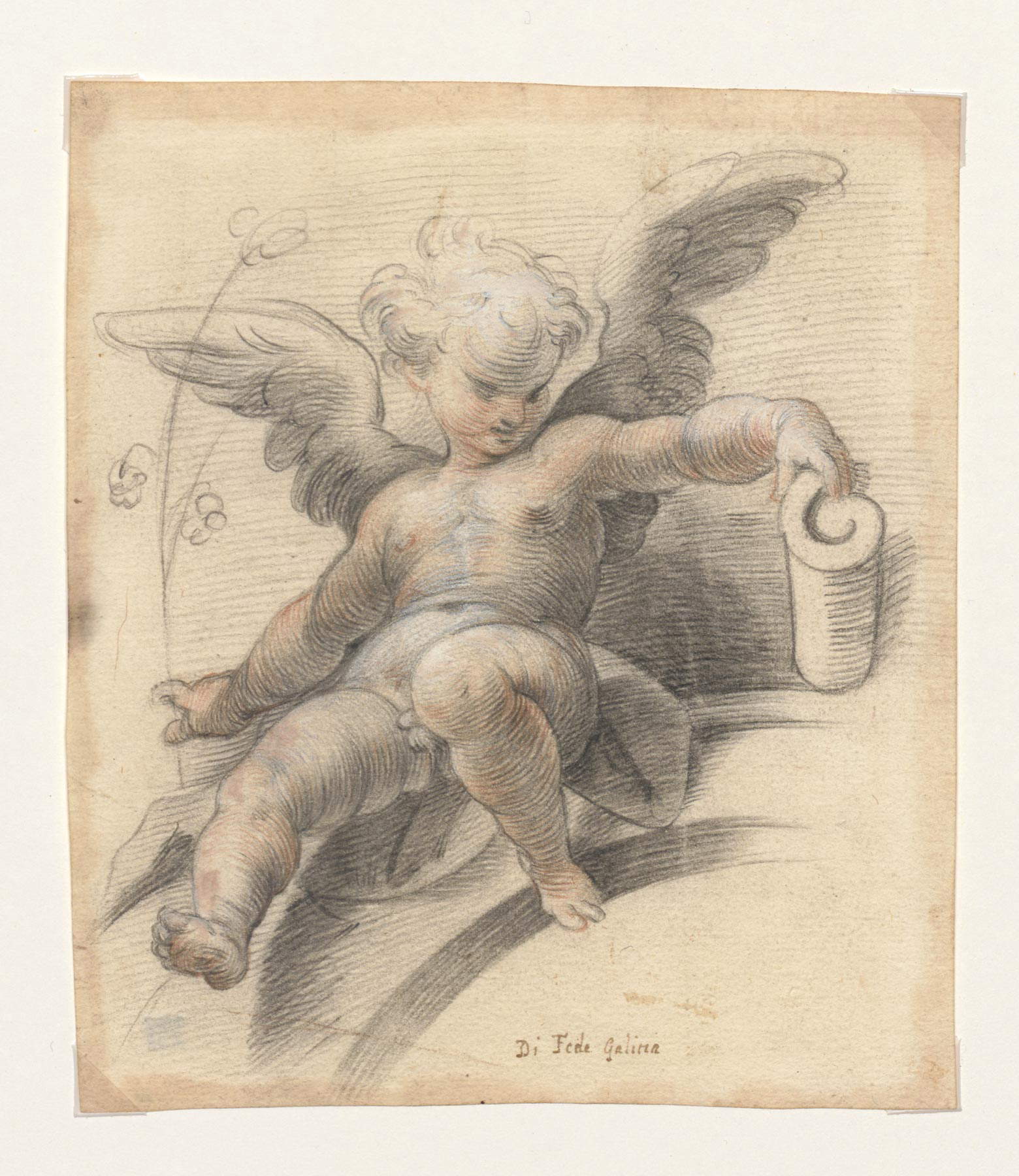
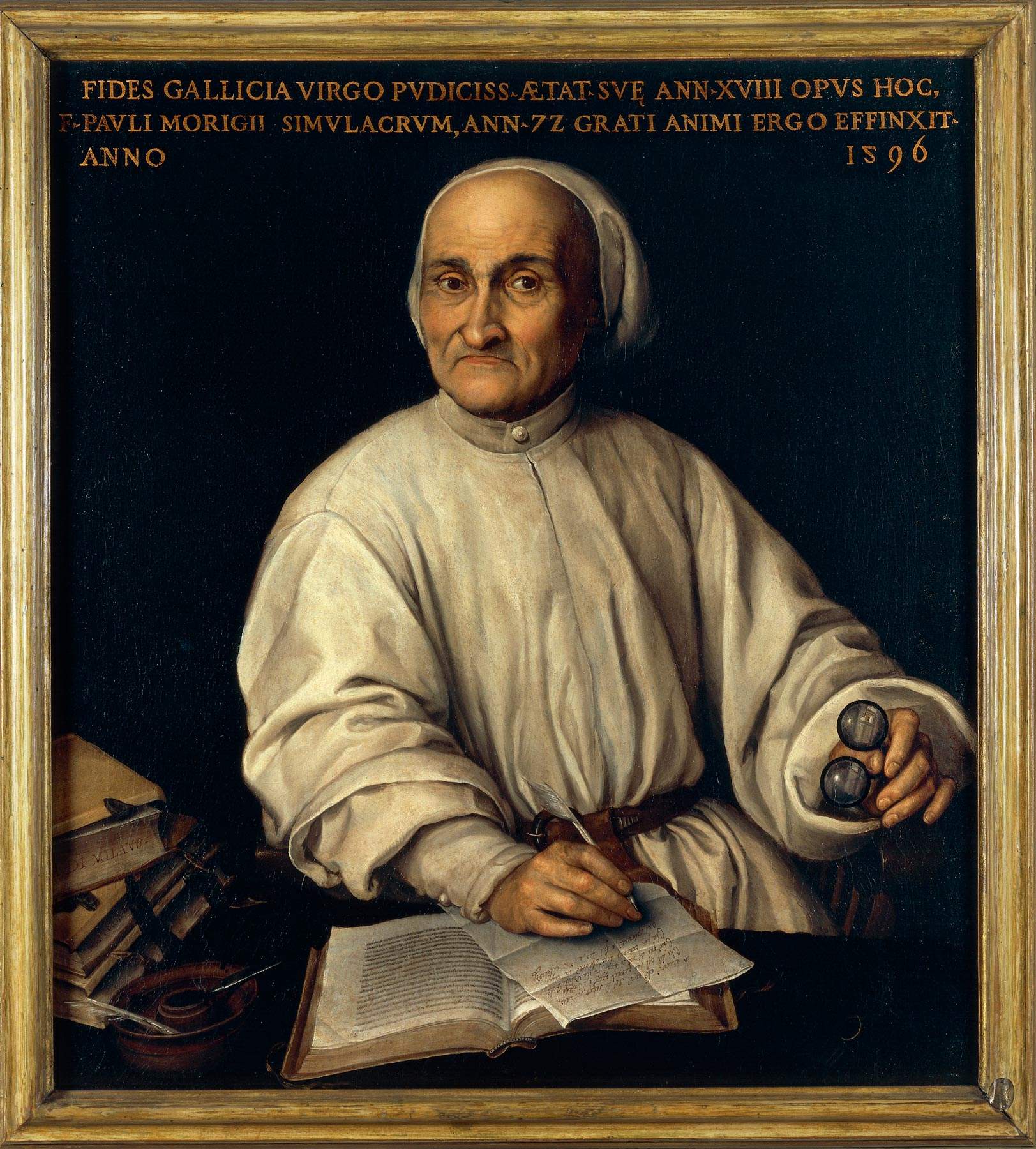

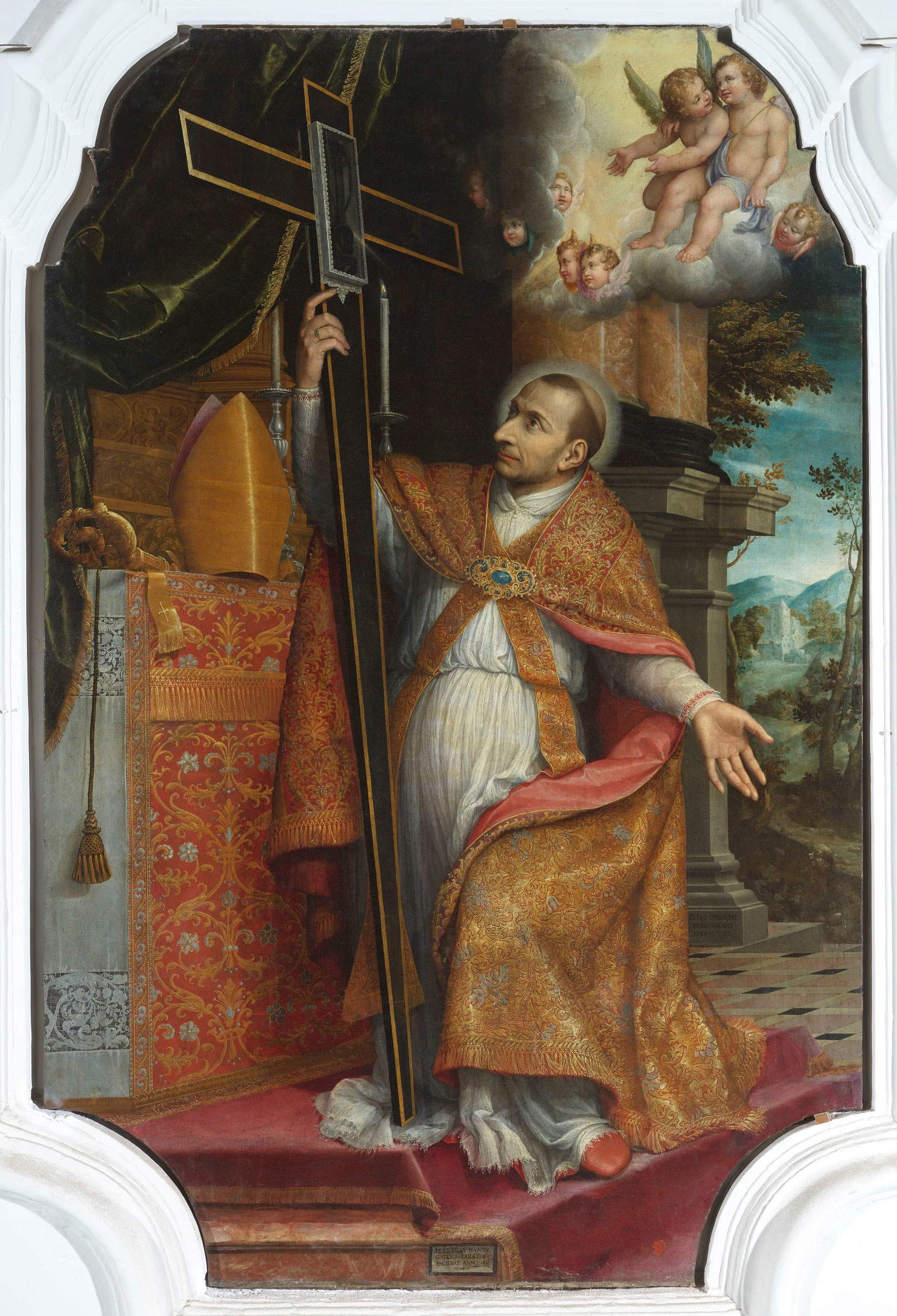
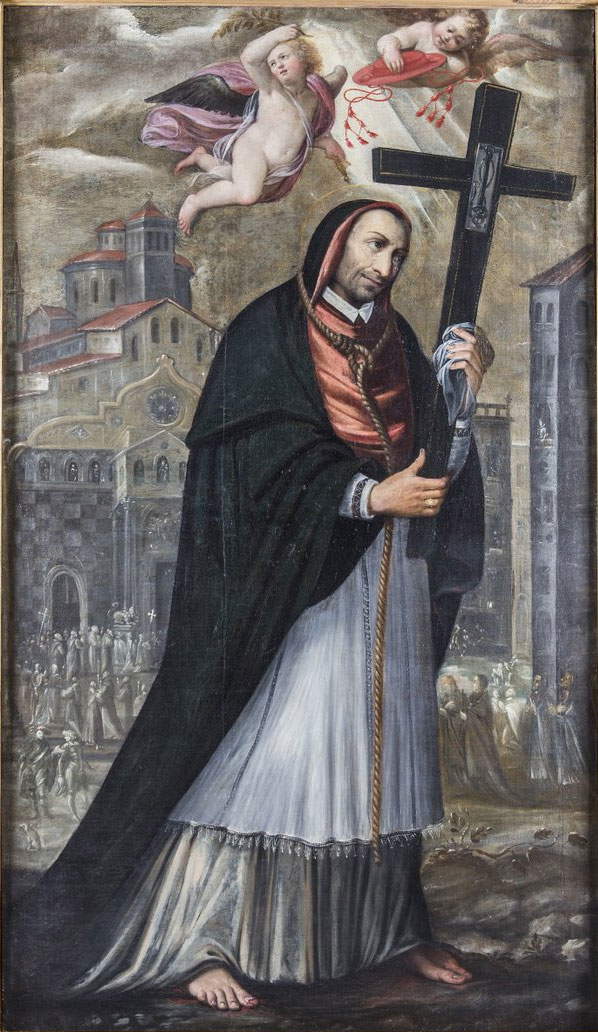
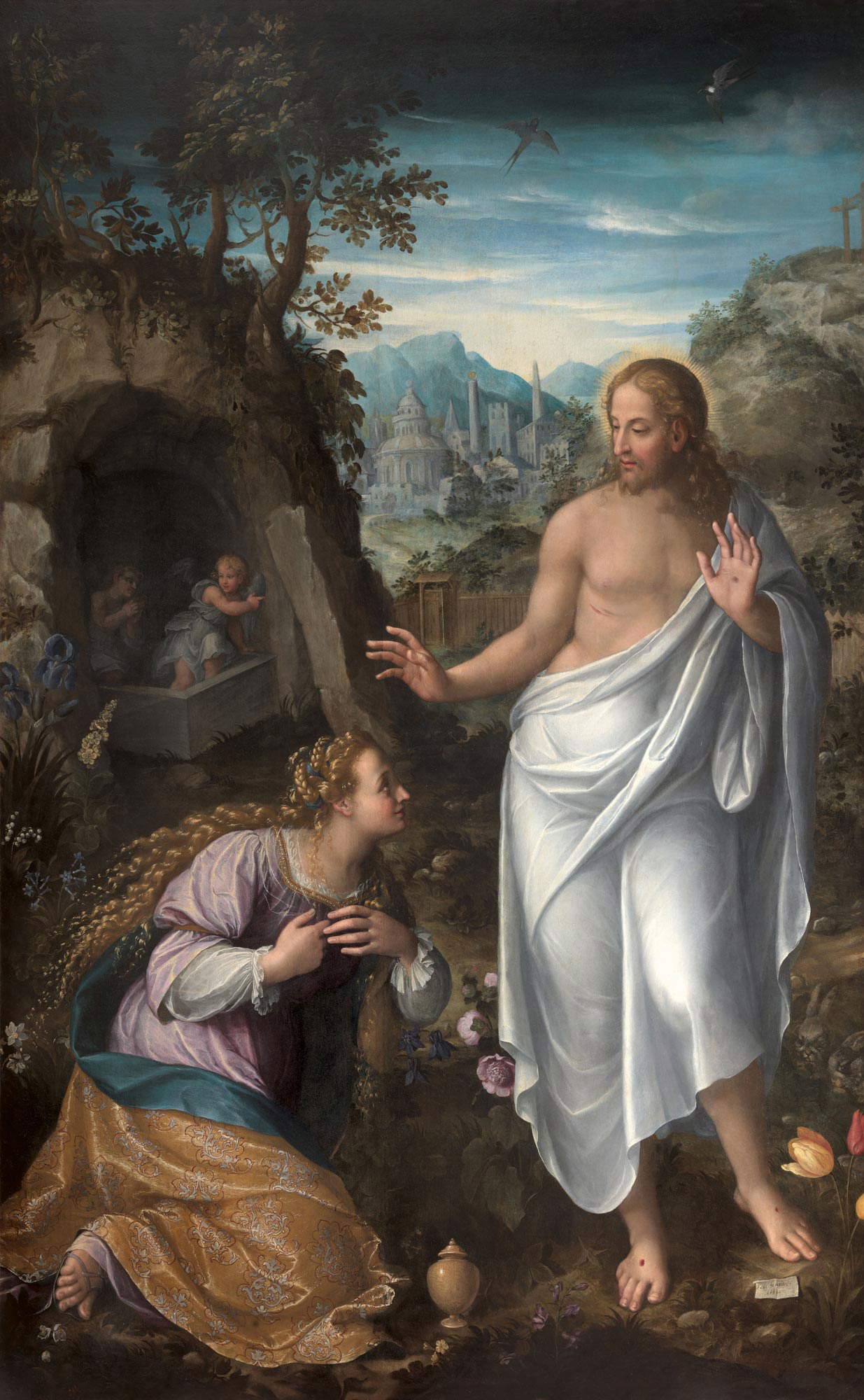
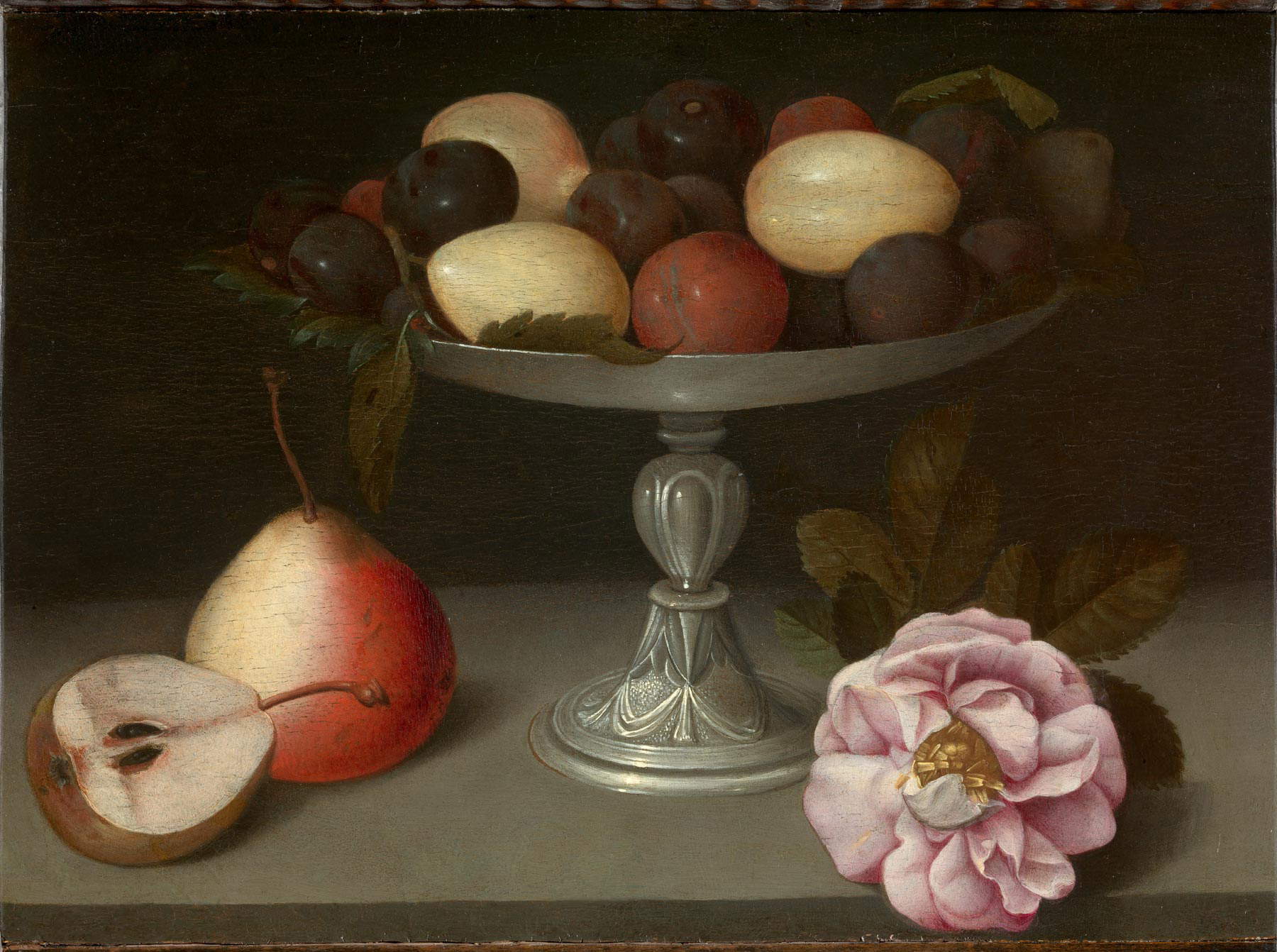


Those who in the past have had the opportunity to visit some of the exhibitions curated by Agosti and Stoppa will not be surprised by the large amount of material that the exhibition has gathered and to which it has been able to give shape in order to begin a complete reconstruction of the figure of Fede Galizia, who emerges from the exhibition at the Castello del Buonconsiglio perhaps as she had never been known until now, namely as a multifaceted artist fiercely independent (often her signature stands out in the most visible points of her paintings, as in Judith of Sarasota where her name glitters on the blade of the sword), also endowed with a certain entrepreneurial inclination, fine and attentive to the reality that surrounded her, capable of grasping the most disparate cues, well inserted in the artistic and cultural circles of her time. It should also be noted that, although this is an exhibition about a woman and exhibitions on women artists have become almost a genre in themselves, Fede Galizia. Mirabile pittoressa has the merit of not lapsing into rhetoric. Not that there were any doubts on this point, of course, given how the two curators are accustomed to working, but it is worth highlighting this aspect notably for two reasons, namely, on the one hand because it is worth reiterating that serious exhibitions are built and planned like the one at the Castello del Buonconsiglio, and on the other hand to emphasize how the Trentino review does not fall into the genre of “women’s exhibitions” fueled by cultural consumption fads, but is placed in that of rigorous monographic exhibitions of tradition. And this, of course, is not to say that it does not pay attention to current sensibilities (the displays, for the reasons mentioned above, are the most voluminous attestation of this) or to the most up-to-date developments in gender studies, however much these aspects do not constitute the main focus of the review.
The ponderous catalog (but ponderous not because it is weighed down by out-of-context essays: because the material collected by the curators and their team is extensive and the result of research over a three-year period), in this sense, is a useful tool for further study: released, yes, late in the opening of the exhibition, but who has the nerve to make criticisms on this point knowing that much of the exhibition was organized in the midst of the Covid-19 pandemic, with all the difficulties involved? Indeed, knowing the situation the work behind the Trentino exhibition becomes even more commendable, not least because the epidemic has greatly diminished the opportunity for similar exhibitions, and this, moreover, is certainly one of the most interesting of the year. On some fronts research has not yet borne fruit (for example, date and place of birth are not yet known), but the exhibition also had the merit of raising attention around an artist who, although she has known an important monograph (and consequently we do not discover her importance today) and although she has been the subject of consideration in recent years (though often for tangential reasons), had never had an exhibition of her own: it is therefore likely that further news about Fede Galizia will come in the near future. It has been said that Fede Galizia was particularly prolific in the still life genre, so much so that her twentieth-century fortune is due, as recalled, mostly to her paintings of flowers and fruit: it will be difficult and implausible, but who knows, it may turn out that she is the painter who not only “resembles the natural, but wins while imitating,” sung by Giovanni Battista Marino in a composition dedicated to some “Fruits from the Hand of a Woman.”
Warning: the translation into English of the original Italian article was created using automatic tools. We undertake to review all articles, but we do not guarantee the total absence of inaccuracies in the translation due to the program. You can find the original by clicking on the ITA button. If you find any mistake,please contact us.